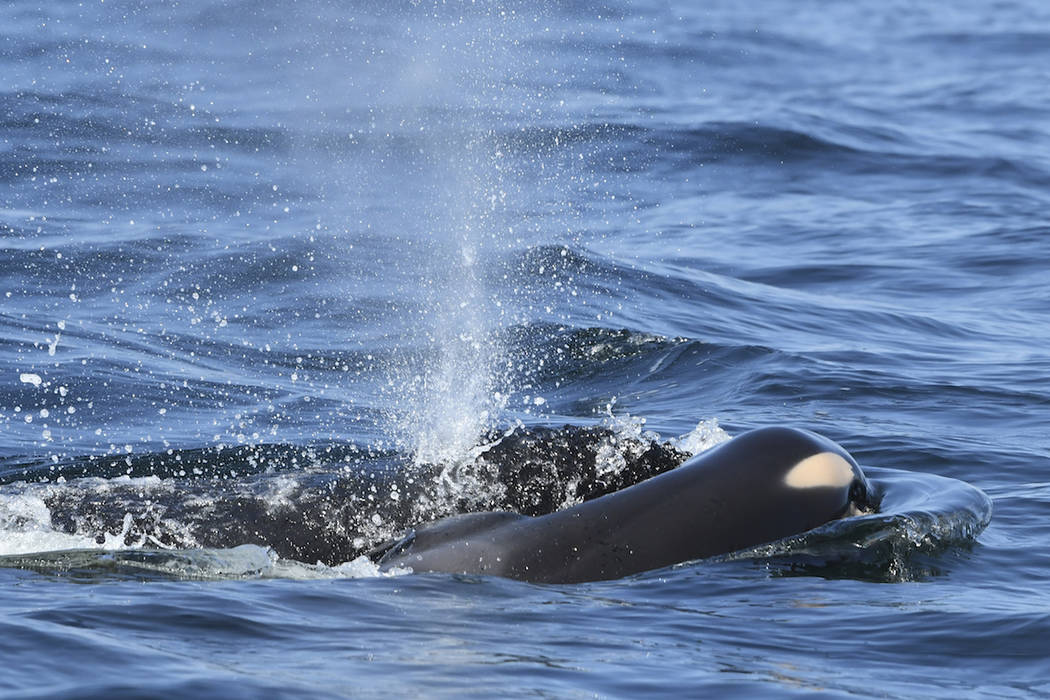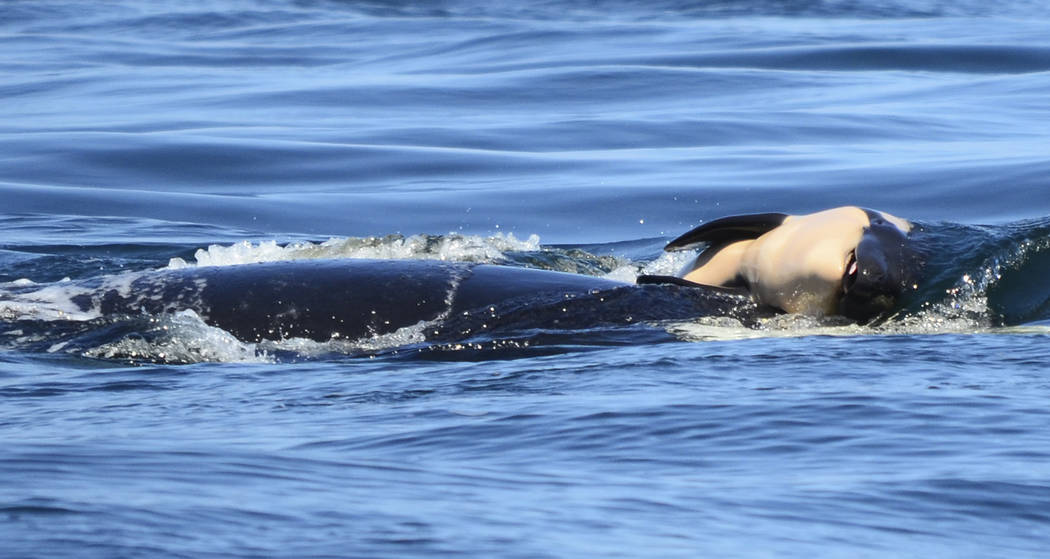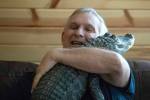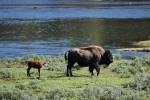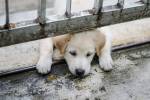Grieving mother orca carries dead calf for 2 days
SEATTLE — For two days she has grieved, carrying her dead calf on her head, unwilling to let it go.
J35, a member of the critically endangered southern resident family of orcas, gave birth to her calf Tuesday only to watch it die within half an hour.
All day, and through the night, she carried the calf. She was seen still carrying the calf on Wednesday by Ken Balcomb, founder and principal investigator of the Center for Whale Research.
“It is unbelievably sad,” said Brad Hanson, wildlife biologist with the Northwest Fisheries Science Center, who has witnessed other mother orcas do the same thing with calves that did not survive.
Robin Baird, research biologist with the Cascadia Research Collective in Olympia, in 2010 watched L72, another of the southern residents, carry her dead newborn in 2010.
“It reflects the very strong bonds these animals have, and as a parent, you can only imagine what kinds of emotional stress these animals must be under, having these events happen,” Baird said.
“You could see the calf had not been dead very long, the umbilical cord was visible. When we were watching, all the rest of the whales were separated by a distance, and they were just moving very slowly. She would drop the calf every once in a while, and go back and retrieve it.”
J35 is doing the same thing, carrying her calf by balancing it on her rostrum, just over her nose. She dives to pick it back up every time it slides off.
Scientists have documented grieving behavior in other animals with close social bonds in small, tightly knit groups, observed carrying newborns that did not survive.
Seven species in seven geographic regions covering three oceans have been documented carrying the body of their deceased young, including Risso’s dolphin in the Indian Ocean; the Indo-Pacific bottle-nosed dolphin and the spinner dolphin in the Red Sea; and pilot whales in the North Atlantic.
In one instance, a researcher attached a rope to the carcass of a bottlenose dolphin and towed it to shore and buried it — with the mother following, touching the carcass until she could no longer follow into water too shallow to swim in. There she remained, watching.
Some carried their young in their mouths, some on their backs.
Deborah Giles, research scientist for University of Washington Center for Conservation Biology and research director for the nonprofit Wild Orca, also watched L72 carry her dead calf, following her at a distance in her research boat until the light faded and it was too dark to see.
“Same thing, it was hours and hours,” she said of that whale. “But I have never heard of this,” she said of J35. “More than 24 hours.
“It is horrible. This is an animal that is a sentient being. It understands the social bonds that it has with the rest of its family members. She carried the calf in her womb from 17 to 18 months, she is bonded to it and she doesn’t want to let it go. It is that simple. She is grieving.”
The news of the grieving mother came even as researchers are also tracking a 4-year-old in the endangered orca clan that is emaciated. Hanson photographed J50 on Saturday and documented the classic “peanut head” — a misshapen head due to loss of body fat. Her survival is in doubt.
The southern residents face at least three known challenges to their survival as a species: toxins, vessel traffic and lack of adequate food, particularly chinook salmon. When they are hungry, it makes their other problems worse, research has shown.
Gov. Jay Inslee has appointed a task force on orca whale recovery.
Jaime Smith, spokeswoman for Inslee, said the task force is looking at a range of solutions, both short and long term.
“The loss of this calf is a sobering reminder of what’s at stake,” Smith said. “And it’s why we’ve convened partners who we believe can and will be best able to identify what we need to do in the upcoming weeks, months and years to save these animals.”
For researchers who work closely with the southern residents, their continued decline is painfully apparent.
“I am on the water collecting poop from animals that are not getting enough to eat,” Giles said. ” I don’t know if people understand the magnitude of what we are talking about here. We don’t have five years to wait, we really don’t.”
She said other members of the whale’s family knew J35 was pregnant, because of their echolocation ability, which they use to find food.
“So they must be grieving, too.”



